-
Xylem
- Dead Tissue
- Transportation of water and minerals from the soil
- One way flow
- origin in vascular cambium
- Forms woody structure
-
Phloem
- Living Tissue
- Transports organic compounds from photosynthesis
- flows both directions
- originates from vascular cambium
- "Inner Bark"
-
Source vs Sink
Source is where something is produced/stored, high concentration
Sink is where it is used, low concentration
moved through diffusion and + pressure
-
Sieve Tubes
- used by Angiosperms
- associated with a companion cell
- no nucleus
-
Sieve Cells
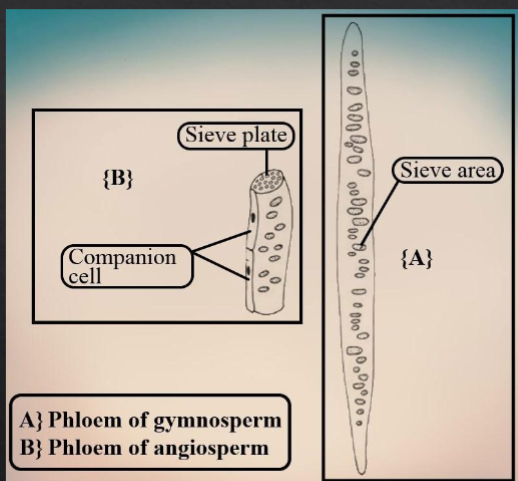
- used by Gymnosperms and Angiosperms
- tracheid-like cells
-no sieve plates or companion cells
-
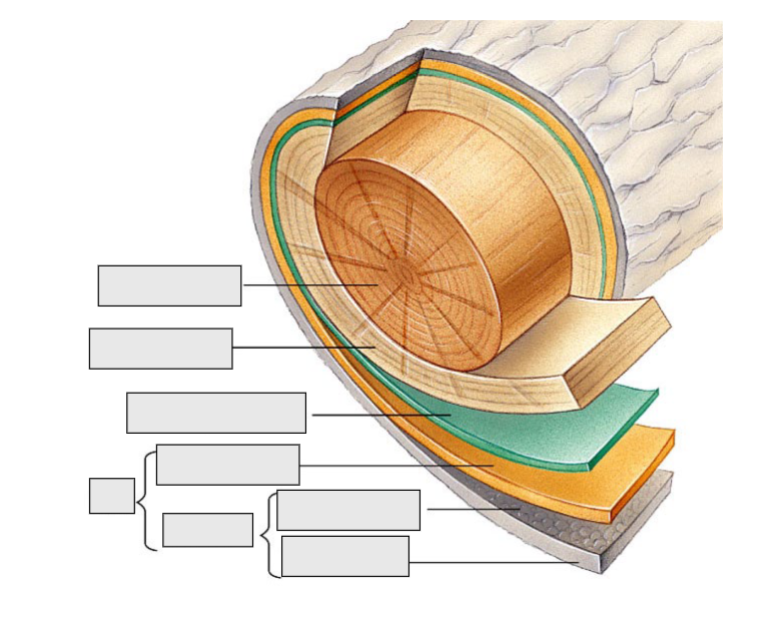
Label the Following
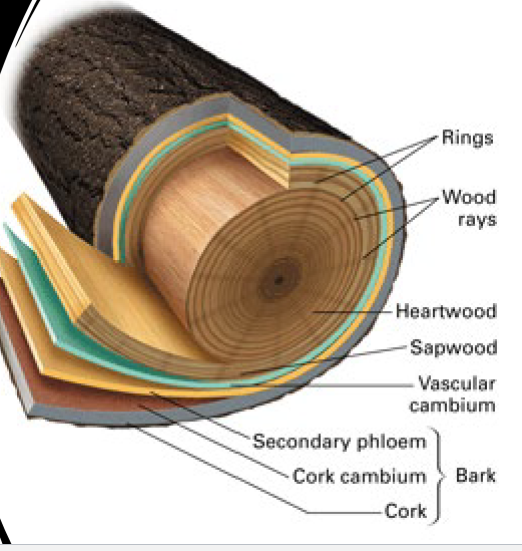
-
Bark
- Provides protection from external sources
- Some bark can produce chemicals to reduce threats
-
Thorns
Modified Branches, Have vascular (living) tissue
-
Spines
- Modified Leaves, stipules or leaf veins
- Have Vascular (Living) Tissue
-
Prickles
- Extension of Epidermis
- Lack vascular (living) tissue
- pop off easily
-
CODIT
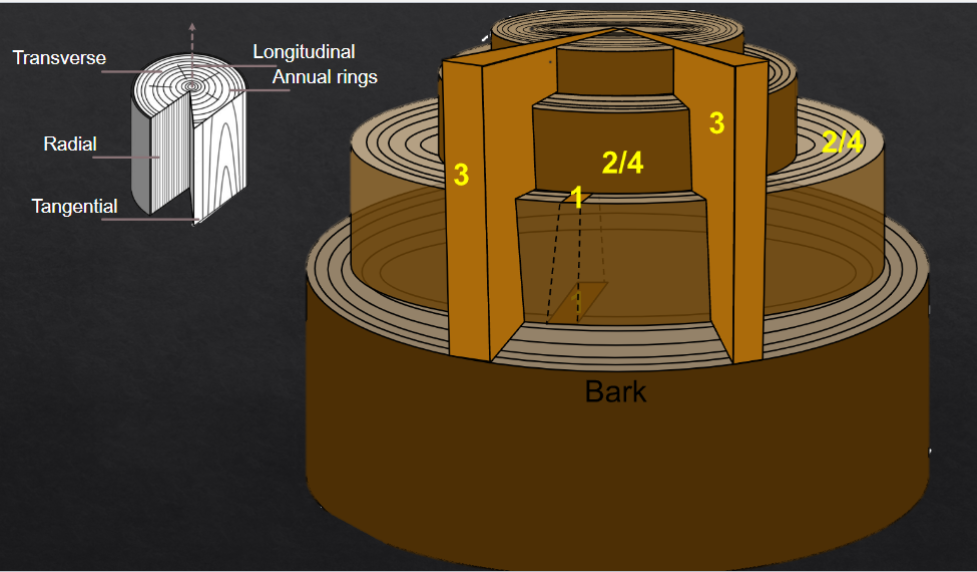
- Compartmentalization of Decay in Trees
- Process of "Healing within Trees, the tree essentially blocks out the injury, so that decay will not spread throughout the tree
- Conceptualized as 4 walls
-
CODIT Wall 1
- Xylem plugs up above and below wound, using tyloses and resin (and more)
- prevents longitudinal spread of decay
- Weakest Wall
-
CODIT Wall 2
- Last row of innermost undamaged cells
- Continuous ring, minus ray cells
- inhibits lateral spread of damage
- 2nd weakest wall
-
CODIT Wall 3
- Sheet of ray cells
- Discontinuous
- Inhibits radial spread
- Stronger than walls 1 and 2
-
CODIT Wall 4
- New growth/cambium formation
- Separates wounded tissue from new development
- Strongest Wall
-
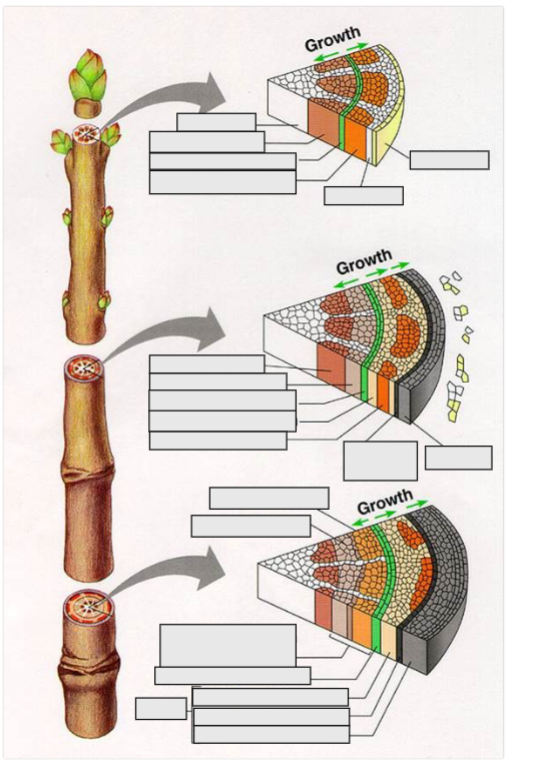
Fill in the following:
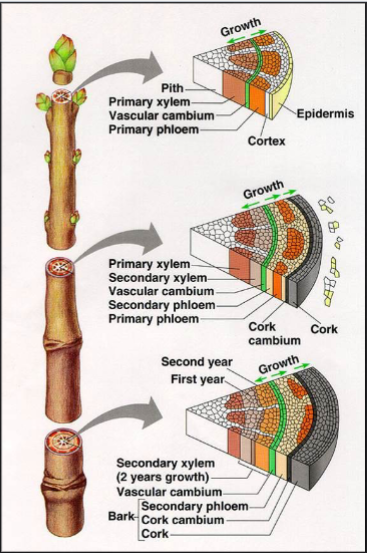
-
Monoecious
Both male and female reproductive parts are on the same tree
-
Dioecious
only one type of flower on a given tree
-
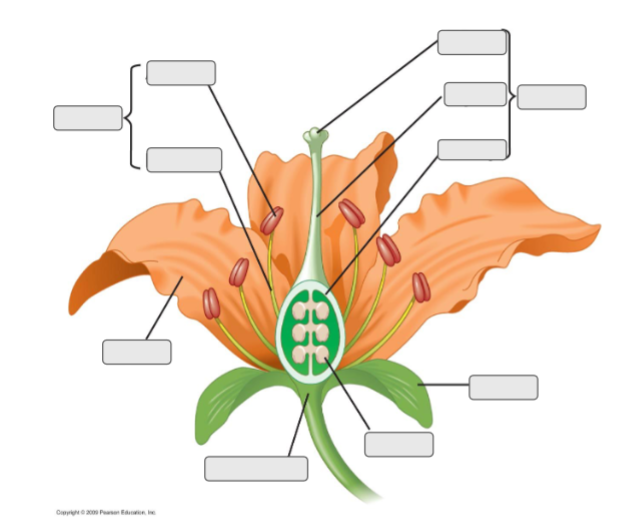
Label the following
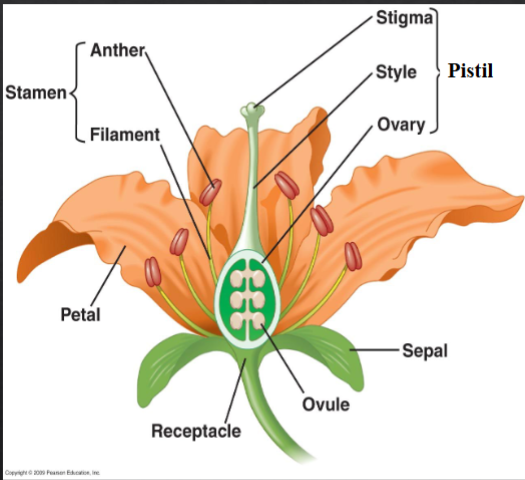
-
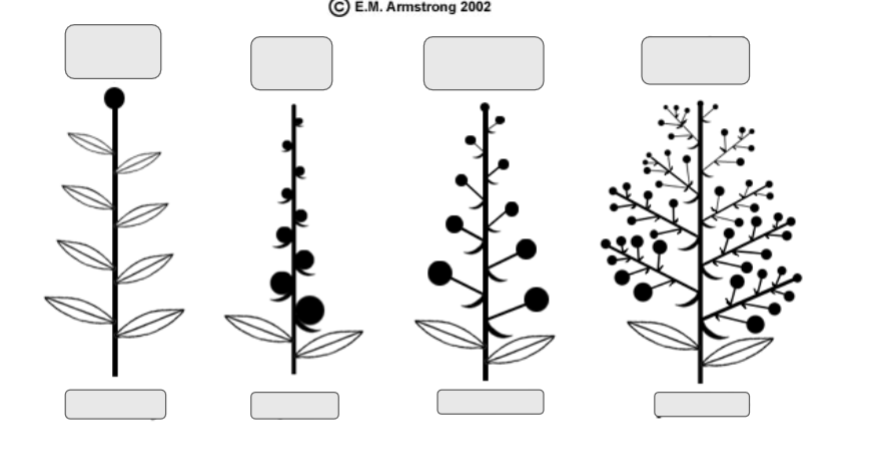
Label the following
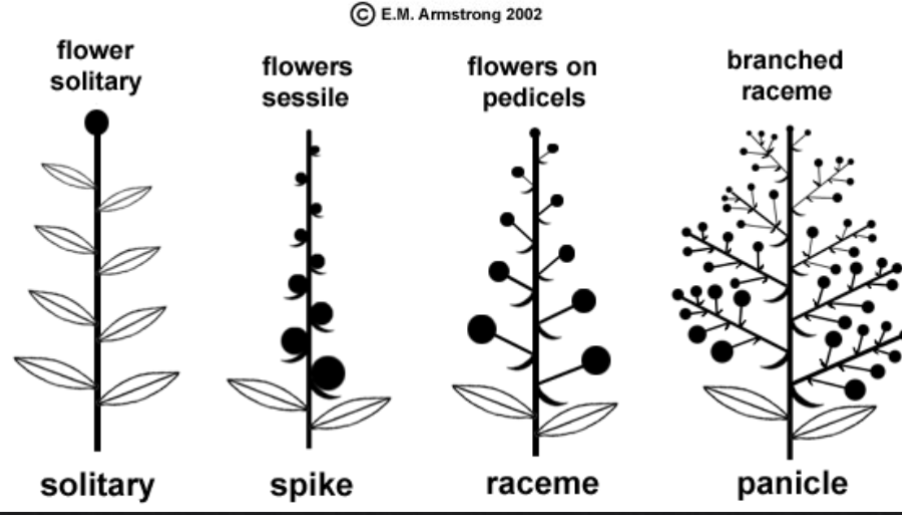
-
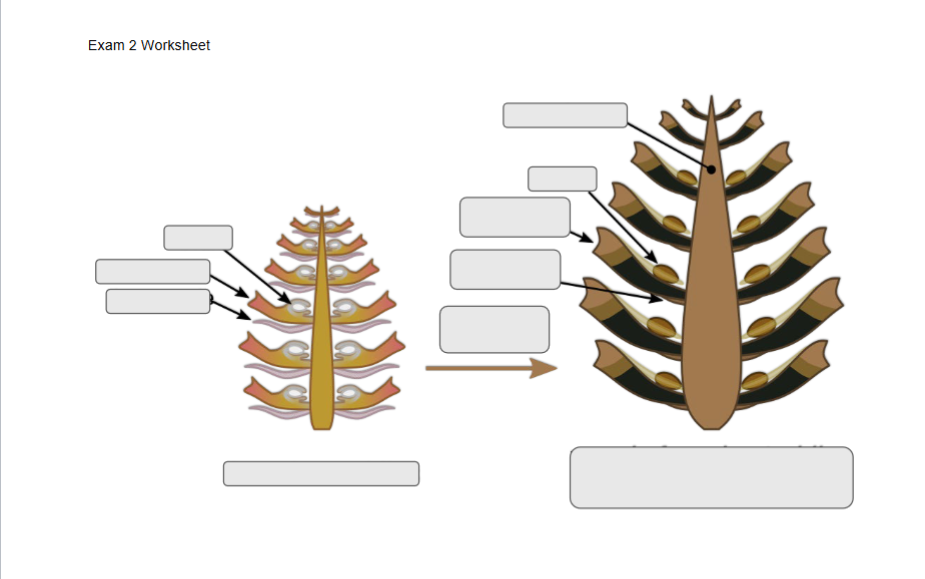
Label The Following
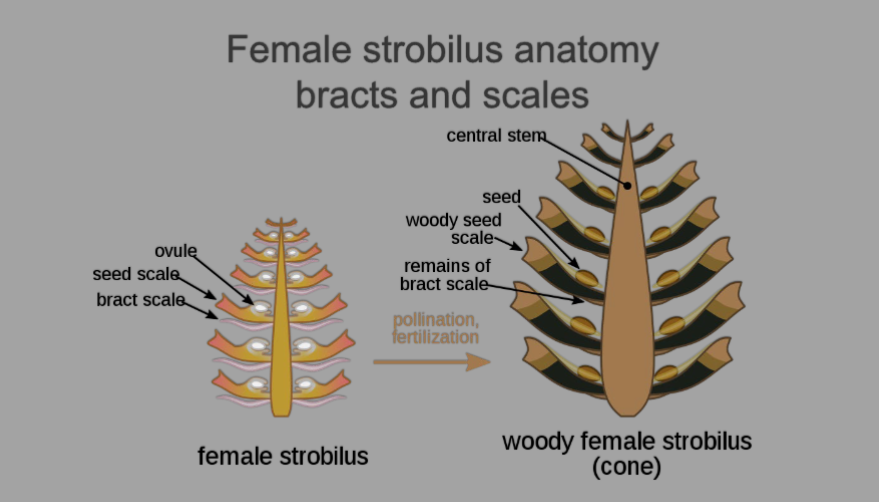
-
Drupes
- Simple/Fleshy
- Stone like endocarp surrounds seed
- Ex. Cherry
-
Berries
- Simple/Fleshy
- Entire pericarp fleshy
- Many seeds (Normally small)
- Ex. Blueberry
-
Pommes
- Simple/Fleshy
- Fleshy Exocarp and Mesocarp
- Papery Endocarp
- Ex. Apple
-
Hesperidiums/pepos
- Modified Berries
- not common in temperate climates
- Ex. Oranges and Cantelope
-
Legumes
- Simple/Dry
- Dehiscent
- Composed of 1 carpel
-
Capsules
- Simple/Dry
- Dehiscent
- Contains multiple Chambers
- Ex. vanilla
-
Follicle
- Simple/Dry
- Dehiscent on one side
- 1 carpel
- commonly aggregated
-
Achenes
- Simple/Dry
- Single Seed
- Indehiscent
- Often seen as multiple
-
Samaras
- Simple/Dry
- Indehiscent
- One or more wings
- Small and dry
- Ex. Maples
-
Nuts
- Simple/Dry
- Indehiscent
- Hard and Dry
- Usually single Seed
- Ex. Oak and Juglands
-
Aggregates
- fruits originating from a single flower with multiple carpels that fuse together.
- Ex. Raspberry (Aggregate of drupelets), Yellow Poplar (Aggregate of follicles)
-
Multiples
- Originates from many, tightly bunched flowers
- Ex. Osage Orange
-
Masting
- When a species produces a larger amount of fruits than normal
- common in oaks
- 3 conditions necessary
- Optimum conditions during flowering
- Optimum conditions stay present during growing season post flowering
- No mast in the previous 1-2 years
- Increases likelihood of at least some seeds making it to the ground and becoming saplings
-
Germination
- Sprouting of a seed
- 2 main types: Hypogeal and Epigeal
-
Epigeal germination
- Cotyledons emerge above surface
-
Hypogeal germination
- Cotyledons stay below surface
-
Seed Dormancy types
Seed Coat Dormancy: result from impermeable seed coat. Must be physically altered to allow germination
Embryo Dormancy: usually involves an immature embryo that opens after "ripening"
-
Scarification
mechanical breaking of seedcoat
- Naturally through consumption or other means
- Artificially through chemical, thermal, or mechanical means to weaken the coat
-
Stratification
Embryo Dormancy broken through prolonged chilling (Winter) then warmer long days with cool night (Spring)
can also be done artificially the same way

